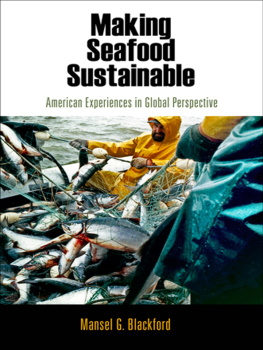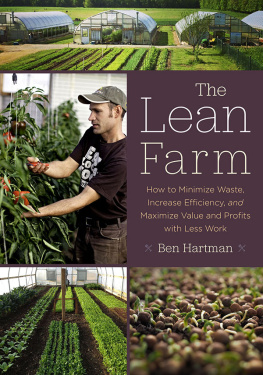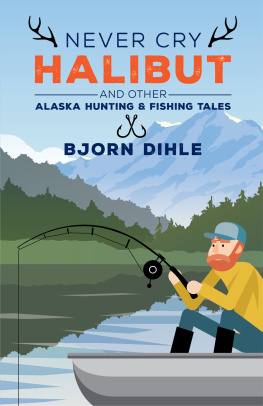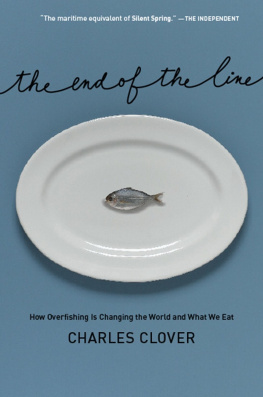About Island Press
Since 1984, the nonprofit organization Island Press has been stimulating, shaping, and communicating ideas that are essential for solving environmental problems worldwide. With more than 1,000 titles in print and some 30 new releases each year, we are the nations leading publisher on environmental issues. We identify innovative thinkers and emerging trends in the environmental field. We work with world-renowned experts and authors to develop cross-disciplinary solutions to environmental challenges.
Island Press designs and executes educational campaigns, in conjunction with our authors, to communicate their critical messages in print, in person, and online using the latest technologies, innovative programs, and the media. Our goal is to reach targeted audiencesscientists, policy makers, environmental advocates, urban planners, the media, and concerned citizenswith information that can be used to create the framework for long-term ecological health and human well-being.
Island Press gratefully acknowledges major support from The Bobolink Foundation, Caldera Foundation, The Curtis and Edith Munson Foundation, The Forrest C. and Frances H. Lattner Foundation, The JPB Foundation, The Kresge Foundation, The Summit Charitable Foundation, Inc., and many other generous organizations and individuals.
The opinions expressed in this book are those of the author(s) and do not necessarily reflect the views of our supporters.

Island Presss mission is to provide the best ideas and information to those seeking to understand and protect the environment and create solutions to its complex problems. Click here to get our newsletter for the latest news on authors, events, and free book giveaways.
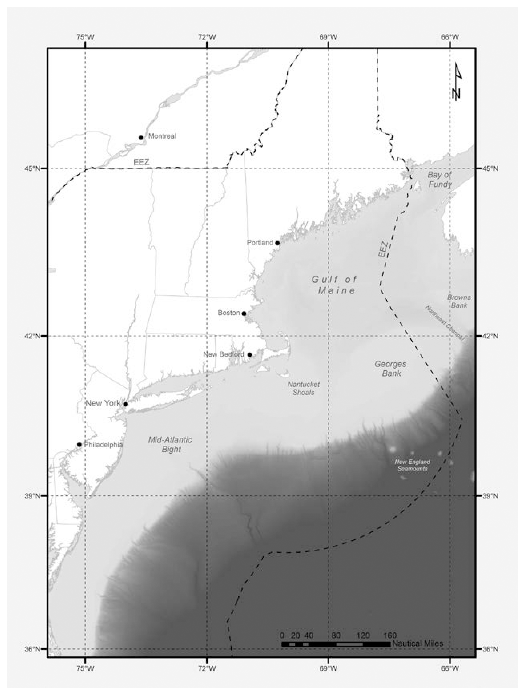
Fishing Grounds off the Northeastern Coast of the United States. The Gulf of Maine, Georges Bank, Nantucket Shoals, and the Mid-Atlantic Bight are major fishing grounds off the US Northeast coast. The light gray shade in this ocean map denotes the continental shelf of the United States. The dotted line denotes the US exclusive economic zone, 200 miles off the coast, and also marks the division between Canadian and US waters in Georges Bank and the Gulf of Maine. Copyright Michelle Bachman.
2022 Nicholas P. Sullivan
All rights reserved under International and Pan-American Copyright Conventions. No part of this book may be reproduced in any form or by any means without permission in writing from the publisher: Island Press, 2000 M Street, NW, Suite 480-B, Washington, DC 20036-3319.
Library of Congress Control Number: 2021943376
All Island Press books are printed on environmentally responsible materials.
Manufactured in the United States of America
10 9 8 7 6 5 4 3 2 1
Keywords:Island Press, 3D farming, aquaculture, bivalves, blue carbon, bluefin tuna, BlueTech, bycatch, carbon buffer, cod, Community Supported Fisheries (CSFs), dam removals, farmed fish, finfish, fish quotas, forage fish, Georges Bank, groundfish, Gulf of Maine, Innovasea, Integrated Multi-Trophic Aquaculture (IMTA), IUU fishing, kelp, Magnuson-Stevens Act, mariculture, Marine Protected Areas (MPAs), Maximum Sustainable Yield (MSY), mussels, New Bedford, New England Fisheries Management Council, NOAA Fisheries, ocean acidification, Ocean Clusters, ocean farming, ocean warming, overfishing, oysters, phytoplankton, Recirculating Aquaculture Systems (RAS), restorative farming, river herring, salmon, shellfish, sustainable fishing, underutilized fish, wild fish
ISBN-13: 978-1-64283-218-1 (electronic)
For my wife, Deborah Kovacs,
who swims with the fishes,
for her love, support, encouragement, and advice.
Preface
The Blue Revolution, Version 2.0
This book is about the transformation of commercial fishingfrom maximizing volume to maximizing value, from wild hunting to controlled harvesting and farming. Its about sensible stakeholders staring at a tragedy of the commons that has depleted a global, natural resourceand collaborating to preserve the resource and its ocean habitat. Commercial fishing, long a traditional throwback industry, is moving in fits and starts into the postindustrial agepropelled by the Fourth Industrial Revolution of big data, sensors, machine learning, and artificial intelligence. The fish in our stores and on our plates are increasingly the product of smart decisions about ecosystems, environment, waste, efficiency, transparency, and quality.
The Blue Revolution of the 1980s, which followed the agricultural Green Revolution that started in the 1960s, was largely an Asian phenomenon that focused on doubling production of farmed freshwater fish, such as carp and tilapia. Over the last two decades, the Blue Revolution has spread around the world and moved into a new phaseincreasingly focused on marine species and increasingly dependent on digital tools and new technologies for both wild-capture and farmed seafood.


